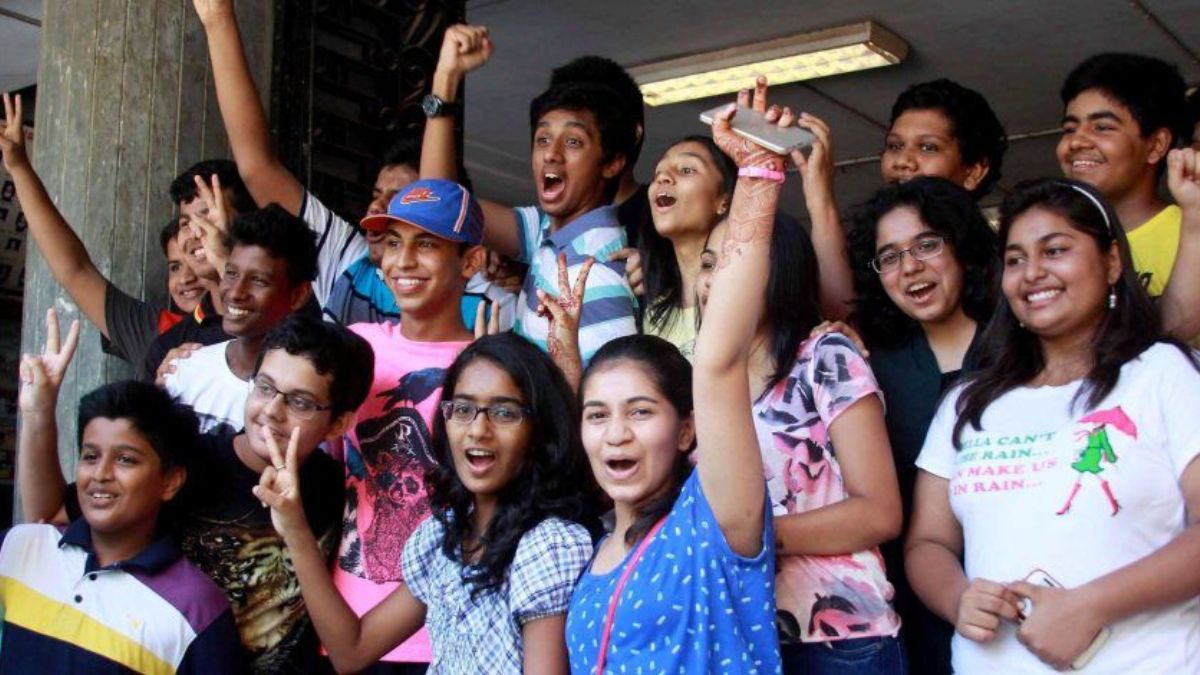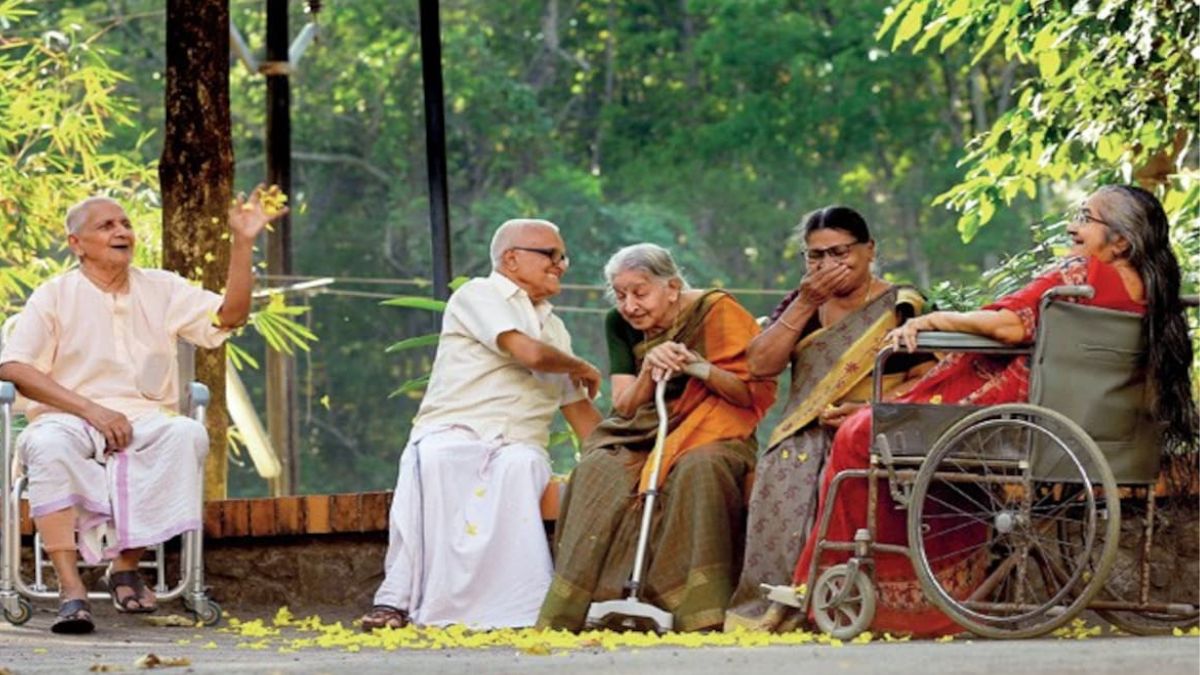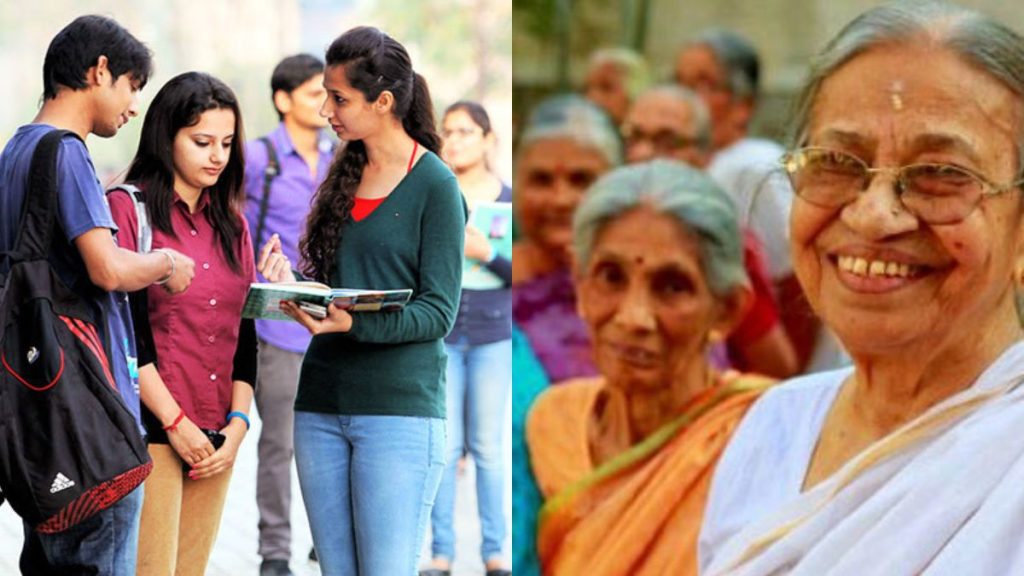India may be out of the list of the countries with the largest youth population in the world in the next few years. It starts from the year 2021. The youth population of the country is declining rapidly and the number of elderly people is increasing rapidly. The Central Government has recently released the ‘Youth in India 2022’ report. In this, the population of the country has been estimated by the year 2036. The report has estimated India’s youth population at 22.7 percent in 2036.

If we look at the state wise figures, till the year 2036, nine states including UP, Bihar and Jharkhand will have the youngest population of the country. The youth population of these nine states is estimated to be higher than the average of the youth population of the country. By 236, the state with the largest youth population in the country will be Bihar. UP will be second in terms of youth population. Tamil Nadu will have the lowest youth population. Tamil Nadu will be followed by Kerala and then Himachal Pradesh among the states with the least youth population.
States with highest youth population in 2036
The Youth in India 2022 report has projected 22.7 percent of the youth population in the country by the year 2036. Bihar has the highest 25.5 percent, UP 25.1 percent, Madhya Pradesh 24.7 percent, Rajasthan 24.6 percent, Jharkhand 24.5 percent, Chhattisgarh 24.2 percent, Haryana 23.4 percent, Assam 22.9 percent and Delhi 22.8 percent youth population will be .
States with least youth population in 2036

Tamil Nadu with the lowest youth population of 19.1 per cent is at the back of the states which have been projected to have a youth population below the national average by the year 2036, according to the Centre’s report. It is followed by Kerala 19.2 percent, Himachal 19.5 percent, West Bengal and Andhra Pradesh 19.6 percent, Punjab 19.9 percent, Telangana 20.2 percent, Karnataka 20.8 percent, Maharashtra and Jammu and Kashmir 21 percent, Odisha 21.2 percent, The youth population has been estimated at 21.9 percent in Uttarakhand and 22.6 percent in Gujarat. In the North-East, except Assam, the total youth population is estimated to be 20.7 percent in the rest of the states.
The highest youth population was in 2021
India was the youngest country in the world in 2021 with a youth population of 27.3%. The report gives comparative data of young and elderly population from 1991 to 2036. In the 1991 census, there were 26.6% youth in the country. Then the elderly population was the lowest at 6.8 percent. The youth population in the country is estimated to be 22.7 percent in the year 2036, while the elderly population is estimated to be the highest with 14.9 percent in the last 45 years.
Classification of young and elderly population

The youth population in the country has been defined under the National Youth Policy. In the National Youth Policy-2003, that population was considered as youth, whose age was between 13 years and 35 years. The National Youth Policy-2014 defines youth as the age group of 15 years to 29 years. The current report estimates the population on the basis of 2014 standards. At the same time, people in the age group of 30 to 59 years are considered as middle-aged and people above 60 years are considered as elderly.
Why is the youth population declining?
The report also estimated the reasons for the decline in the youth population. According to this, the main reason for the decrease in the youth population is the decrease in the birth rate. On the other hand, the main reason for the increase in the elderly population has been attributed to the increase in life expectancy mean age.
what will be the effect?

With the increase in the elderly population, the proportion of the dependent population will increase, this will have a direct impact on the middle-aged population. At the same time, the pressure on the health facilities of the country will increase. For this, the government will have to pay more attention to the health care sector and welfare schemes related to the elderly. The report estimates that the decline in the percentage of the youth population and the increase in the percentage of the elderly is unlikely to have any negative impact on the country’s development and production power.This is because by the year 2036, despite the decline in the share of the youth population, their number in the country is estimated to be more than 345 million. At the same time, in the year 2036, the population of the middle age group (30 to 59 years) is estimated to be 42.2 percent, which will be the highest ever.

